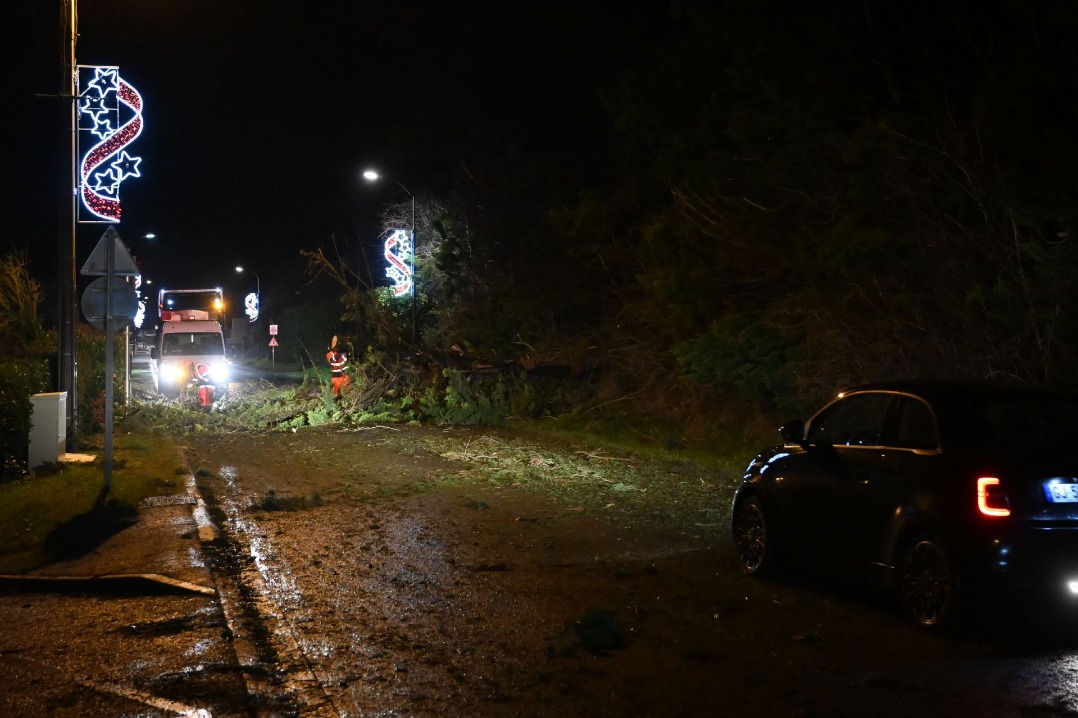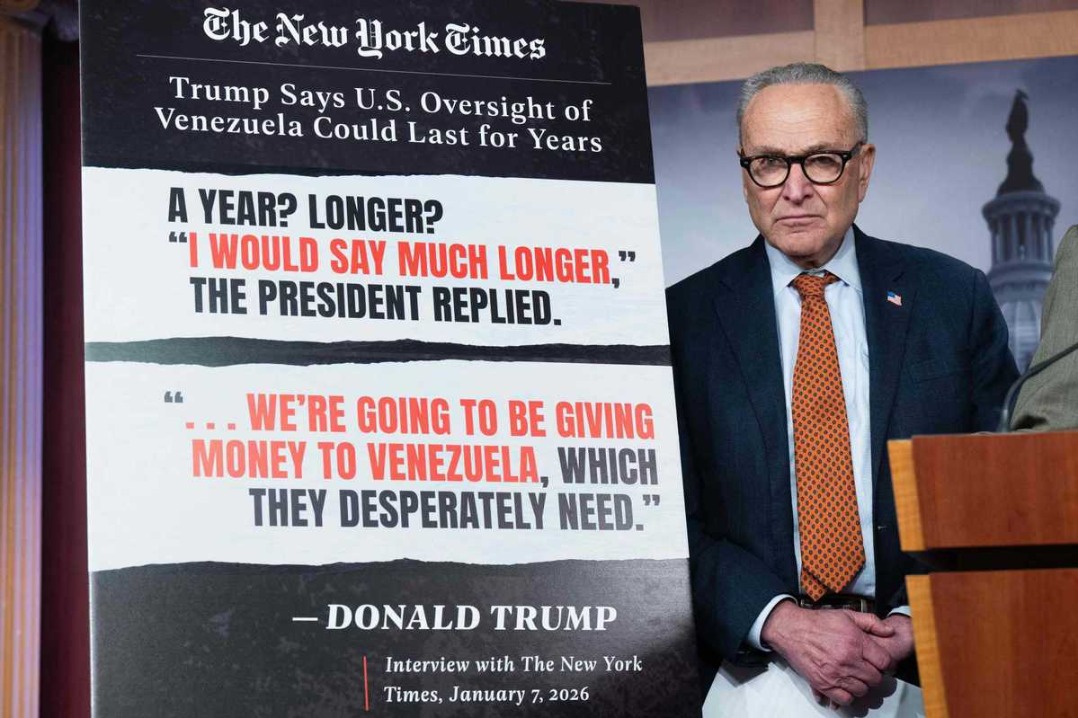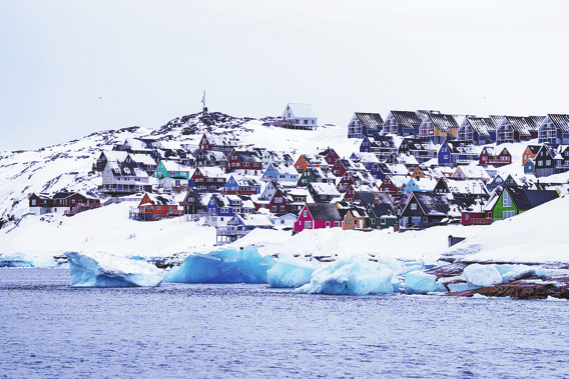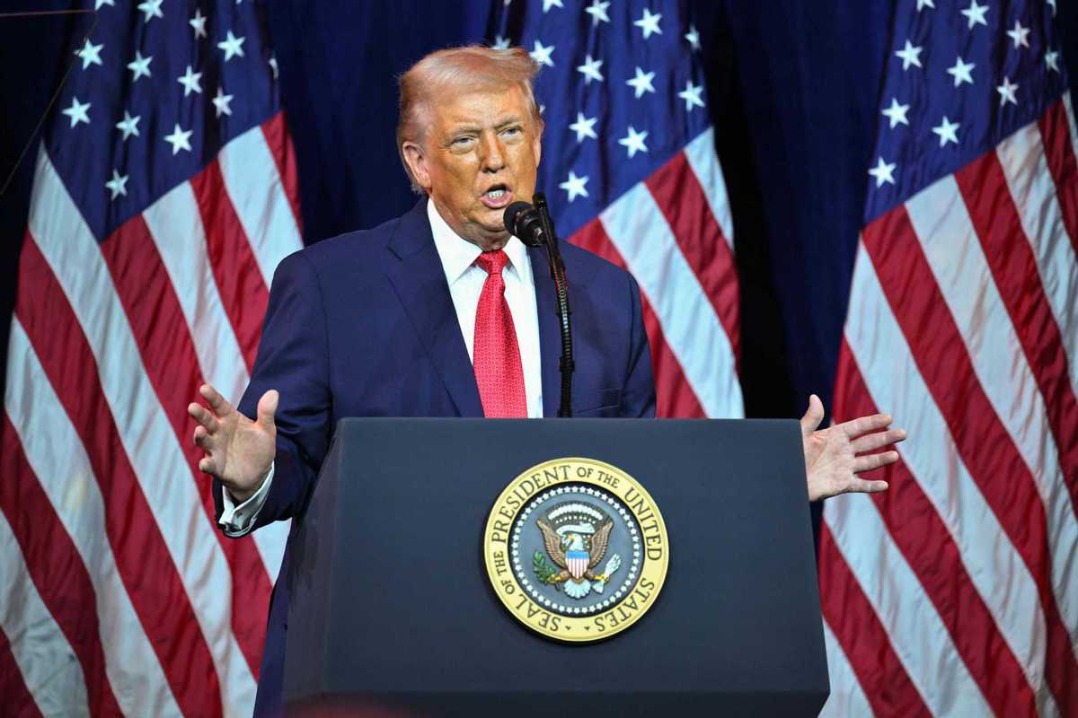Hawking's final paper outlines universe theory


The final research paper submitted by Stephen Hawking days before his death suggests our universe might be one of an endless supply of very similar universes created by the Big Bang.
In the 1980s, Hawking, who died on March 14 at age 76 after years of battling motor neurone disease, worked with US physicist James Hartle on a new theory on the beginning of the universe.
Their theory resolved a difficulty with Albert Einstein's, which put an estimated age on the universe but did not explain how it had come into being.
The Hartle-Hawking idea used quantum mechanics to suggest how the universe came out of nothingness, but as well as reaching that conclusion, it opened up the possibility that there may be an incalculable number of other star systems.
Hawking's final work, in collaboration with Belgian physicist Thomas Hertog, built upon these earlier findings.
It was submitted to the Journal of High-Energy Physics 10 days before his death.
"We sat on this one for a very long time," Hergot told the Guardian newspaper. "I believe he was really fond of it."
Hertog traveled from his university in Leuven to Cambridge to work with Hawking up until the very end, and said despite his health problems, Hawking never showed any signs of wanting to stop.
"It was never said between us that this would be the last paper," he explained.
"I personally felt this might be the conclusion of our journey, but I never told him. I always had the impression that he never wanted to quit the research."
For many years, one of the most popular theories about the origin of the universe was that the Big Bang created "eternal inflation", resulting in "pocket universes" wildly different to our own.
But the Hawking-Hertog theory suggests that parallel universes might be more similar to ours than previously thought. "In the old theory there were all sorts of universes - some were empty, others were full of matter, some expanded too fast, others were too short-lived.," Hertog said.
"The mystery was why do we live in this special universe where everything is nicely balanced in order for complexity and life to emerge?
"This paper takes one step towards explaining that mysterious fine tuning."

































